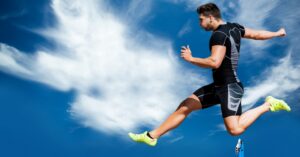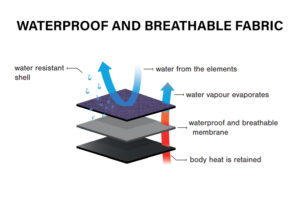The Best Sportswear for Every Athlete in 2023
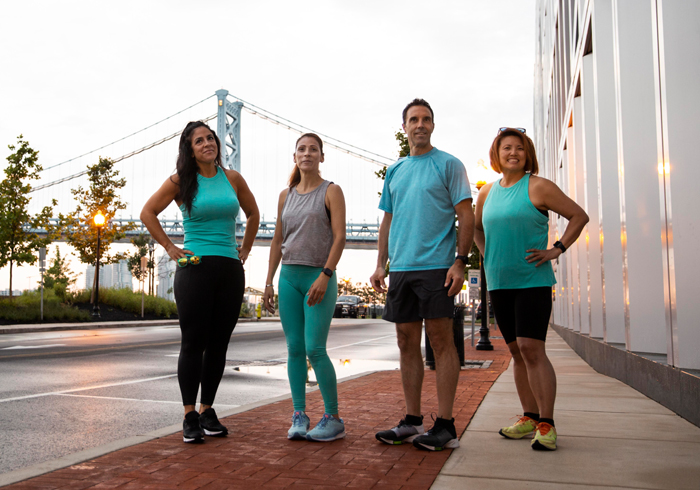
Table of Contents
ToggleThe right sportswear can make all the difference when it comes to an athlete’s performance and overall experience during physical activity. From enhancing performance to preventing injuries, sportswear plays an important role in ensuring that athletes are at their best. Here, we’ll take a closer look at some of the best sportswear options for every athlete.
Understanding the Importance of THE BEST Sportswear
Sportswear isn’t just about looking good on the field or in the gym – it’s about optimizing performance and reducing the risk of injury. Here are some key ways in which the right sportswear can make a difference.
Enhancing Performance
High-quality sportswear can help to enhance an athlete’s performance in a variety of ways. For example, moisture-wicking fabrics can help to regulate body temperature and prevent overheating, while compression gear can improve blood flow and reduce muscle fatigue.
Another way that sportswear can enhance performance is through the use of specialized materials. Some sportswear brands have developed fabrics that are designed to reduce wind resistance, allowing athletes to move more efficiently through the air. Other materials are designed to be lightweight and breathable, allowing athletes to move more freely without feeling weighed down by their clothing.
Finally, sportswear can also enhance performance by providing athletes with the right level of support. For example, high-impact sports like basketball and volleyball require shoes with extra cushioning to absorb shock and prevent injuries, while low-impact sports like yoga and Pilates require shoes with more flexibility to allow for greater range of motion.
Injury Prevention
Preventing injuries is crucial for any athlete, and the right sportswear can go a long way in achieving this goal. Protective equipment such as helmets, padding, and mouth guards can help to minimize the risk of injury, while supportive footwear can improve stability and prevent ankle sprains and other similar injuries.
Another way that sportswear can prevent injuries is through the use of specialized materials. For example, some sportswear brands have developed fabrics that are designed to be abrasion-resistant, reducing the risk of cuts and scrapes during contact sports like football and rugby. Other materials are designed to be impact-resistant, providing extra protection for vulnerable areas like the knees and elbows.
Finally, sportswear can also prevent injuries by providing athletes with the right level of support. For example, compression gear can help to stabilize muscles and joints, reducing the risk of strains and sprains. Additionally, some sportswear brands have developed shoes with extra ankle support, which can help to prevent ankle injuries during high-impact sports like basketball and soccer.
Comfort and Fit
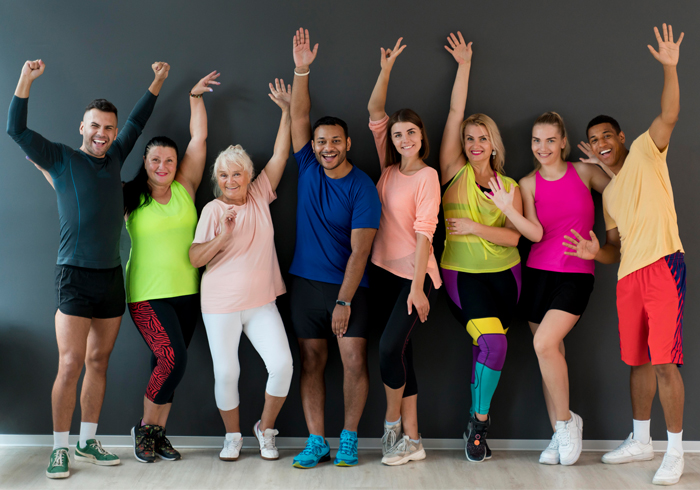
Athletes need to feel comfortable and supported in their sportswear in order to perform at their best. The right fit is important, and many sportswear brands have developed specialized sizing to ensure that athletes can find the perfect fit for their body type. Additionally, features like moisture-wicking fabric and breathable materials can help athletes stay comfortable throughout their workouts or games.
Another important factor in comfort and fit is the design of the sportswear itself. For example, some sportswear brands have developed clothing with flat seams, which reduces the risk of chafing and irritation during high-intensity workouts. Other brands have designed sportswear with adjustable straps and waistbands allowing athletes to customize the fit to their individual needs.
Finally, sportswear can also provide comfort and support through the use of specialized padding. For example, some sports bras are designed with extra padding to provide additional support and reduce bounce during high-impact activities like running and jumping. Similarly, some shorts and leggings are designed with extra padding in the hips and thighs, providing additional protection during contact sports like roller derby and ice hockey.
Sportswear Essentials for Every Athlete
While every sport has its own unique needs when it comes to sportswear, there are a few key items that every athlete should have in their closet. These include:
Moisture-Wicking Apparel

Sweat can make athletes uncomfortable and lead to overheating or chafing. Moisture-wicking fabrics can help to regulate body temperature and prevent these issues, making them a must-have for any athlete.
When it comes to moisture-wicking apparel, there are a variety of options to choose from. Some popular choices include polyester, nylon, and spandex blends. These fabrics are designed to pull moisture away from the skin and onto the surface of the fabric, where it can evaporate more easily. This helps to keep athletes dry and comfortable during even the most intense workouts.
Another benefit of moisture-wicking apparel is that it can help to prevent odors from building up. This is because bacteria thrive in moist environments, so by keeping the skin dry, athletes can reduce the risk of developing unpleasant smells.
Supportive Footwear
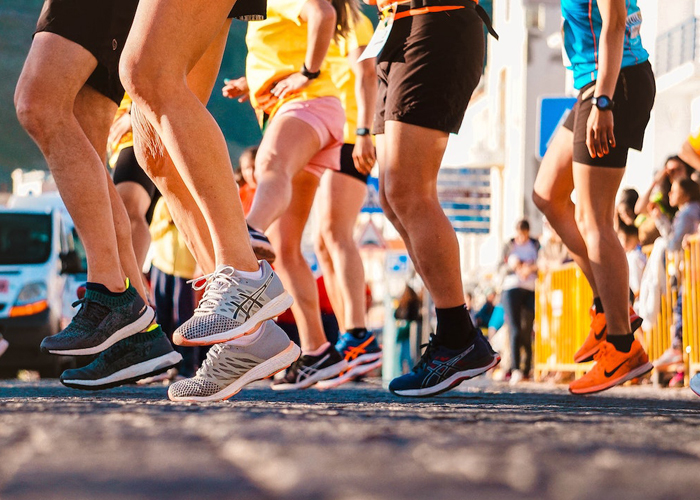
The right shoes can make all the difference when it comes to comfort and performance. Supportive footwear with good shock absorption and traction can help athletes maintain stability and prevent injuries.
When selecting supportive footwear, it’s important to consider the specific needs of the athlete and the sport they participate in. For example, runners may need shoes with extra cushioning to absorb impact, while basketball players may need shoes with good ankle support to prevent sprains.
It’s also important to make sure that shoes fit properly. Ill-fitting shoes can cause blisters, calluses, and other foot problems that can interfere with an athlete’s performance. Athletes should try on shoes at the end of the day when their feet are at their largest and make sure there is enough room in the toe box for their toes to move freely.
Compression Gear
Compression gear is designed to improve blood flow to muscles, reduce muscle fatigue, and speed up recovery time. This can be particularly useful for endurance athletes, but can benefit any athlete looking to improve their performance.
Compression gear works by applying pressure to the muscles, which helps to increase blood flow and oxygen delivery. This can help to reduce lactic acid buildup and delay the onset of fatigue. Compression gear can also help to reduce muscle soreness and speed up recovery time after a workout.
Compression gear comes in a variety of forms, including shorts, tights, socks, and sleeves. Athletes should choose the type of compression gear that best fits their needs and preferences.
Protective Equipment
Protective equipment is essential for any sport that involves contact or the risk of injury. Helmets, padding, mouth guards, and other gear can help to minimize the risk of injury and keep athletes safe while they play.
When selecting protective equipment, it’s important to choose gear that is appropriate for the sport being played. For example, football players need helmets with face masks to protect their heads and faces, while hockey players need shin guards to protect their legs.
It’s also important to make sure that protective equipment fits properly. Ill-fitting gear can fail to provide adequate protection and may even increase the risk of injury. Athletes should follow the manufacturer’s sizing guidelines and adjust the gear as needed to ensure a secure and comfortable fit.
Sport-Specific Recommendations
While the above items are important for any athlete, there are additional sport-specific recommendations to keep in mind. Here are some of our top picks:
Running

When it comes to running, good shoes are essential and comfortable sportswear also has a great role. Look for shoes with excellent shock absorption and support for your feet. Running is a high-impact sport that can take a toll on your joints, so it’s important to choose shoes that will help to absorb some of that impact. Additionally, consider investing in moisture-wicking socks to keep your feet dry and comfortable during long runs.
Basketball

Basketball players need shoes with good ankle support to prevent sprains and other injuries. Additionally, padded shorts can help to protect against impact and falls. When playing basketball, it’s important to stay hydrated and take breaks as needed to avoid exhaustion and overheating. Consider bringing a water bottle with you to the court and taking a quick break every 20-30 minutes.
Soccer
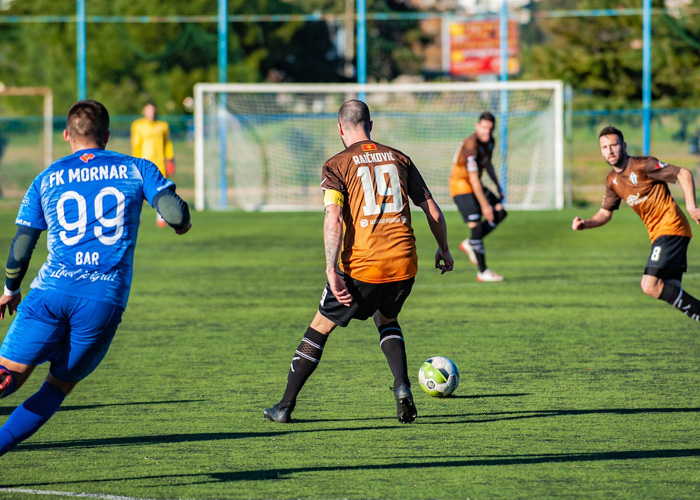
Soccer players need footwear that provides good traction on the field. Cleats are a popular choice, but indoor soccer shoes are also available for those playing on turf or other artificial surfaces. In addition to proper footwear, soccer players should also consider investing in shin guards to protect against collisions and other impact injuries. It’s also important to stretch before and after games to prevent muscle soreness and injury.
Swimming
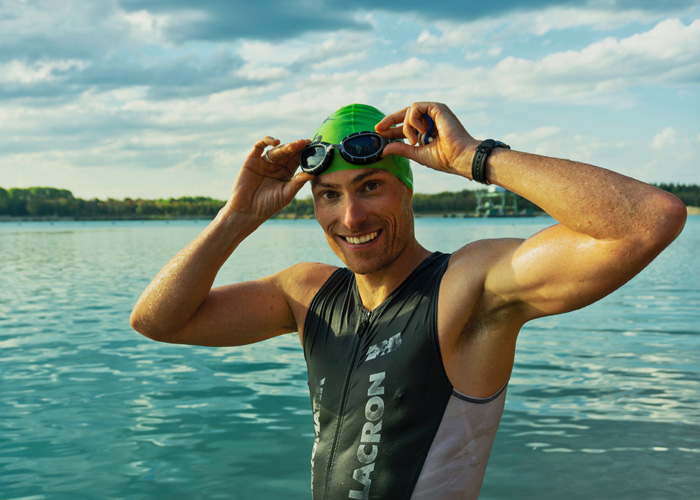
Swimmers need sportswear that is lightweight and streamlined in order to reduce drag and improve performance. Look for tight-fitting swimsuits made from materials like nylon and spandex. It’s also important to wear goggles to protect your eyes from chlorine and other chemicals in the pool. Additionally, consider using a swim cap to keep your hair out of your face and reduce drag.
Cycling

Cyclists should invest in padded shorts and a supportive bike seat to reduce discomfort and prevent injuries. A lightweight, breathable jersey can also help to regulate body temperature. When cycling, it’s important to stay visible to drivers and other cyclists. Consider wearing bright or reflective clothing and using lights or reflectors on your bike.
Yoga and Pilates

Athletes who practice yoga or Pilates should look for sportswear that is stretchy and flexible in order to allow for a full range of motion. Additionally, moisture-wicking fabric can help to keep you comfortable during these intense workouts. When practicing yoga or Pilates, it’s important to stay focused on your breath and listen to your body. Take breaks as needed and don’t push yourself too far beyond your limits.
Conclusion
Choosing the right sportswear can make all the difference when it comes to an athlete’s performance, comfort, and safety. Remember to choose items that are appropriate for your sport and that fit well in order to optimize your experience during physical activity.
